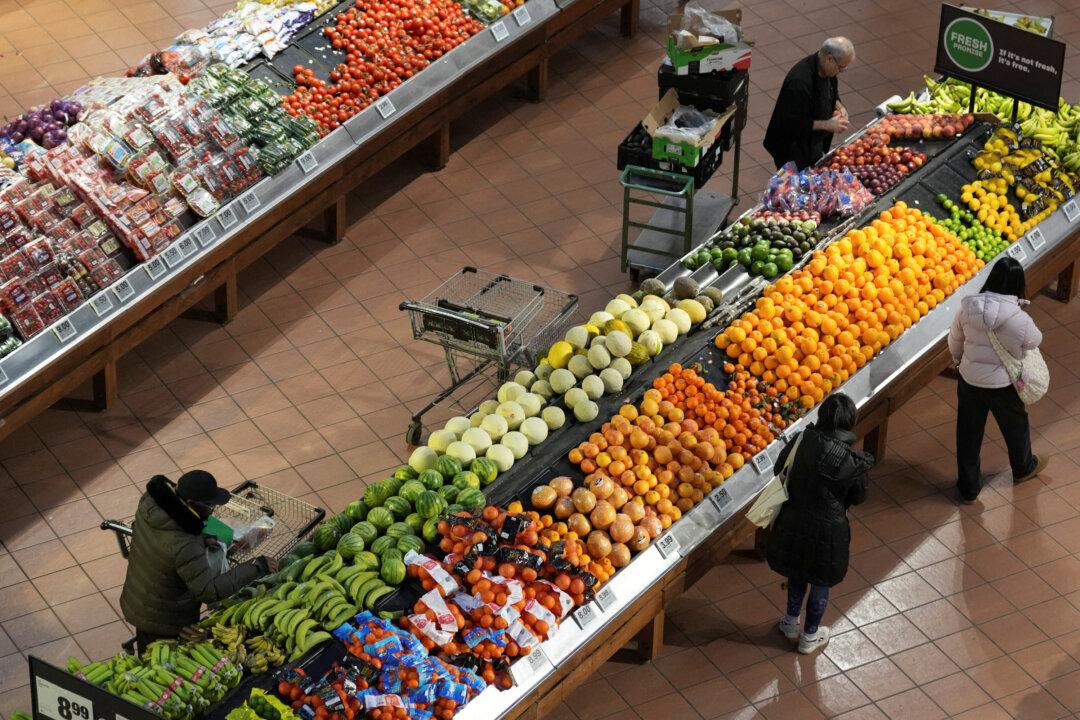OTTAWA—Canada’s annual inflation rate inched up to 1.9 percent in January from the previous month as higher gasoline and natural gas costs reduced the impact of a sales tax reprieve on broader consumer prices, official data showed on Tuesday.
The core measures of the consumer price index, which have not declined as fast as the inflation rate in the past few months, edged up too.
January’s CPI reading racked up a six-month record of inflation coming in at or below the 2 percent mark—the mid-point of the Bank of Canada’s 1 percent-3 percent target range, but underlying price pressures reduced currency swap market bets for an interest rate cut next month.
They now see an almost 63 percent chance of no rate cut in March, compared with 56 percent before January’s inflation data was released.. If U.S. President Donald Trump decides to impose tariffs on Canadian imports from March, market expectations for a rate cut could change considerably.
Tuesday’s annual inflation reading matched the forecast of analysts polled by Reuters. In December, inflation stood at 1.8 percent. On a monthly basis, prices were up 0.1 percent in January, Statistics Canada said.
The government announced a sales tax holiday on a range of products such as food, beverages, restaurant meals and children’s clothing from mid-December to mid-February, helping to ease inflationary pressures, it said.
Prices for the food component of the CPI basket fell 0.6 percent on a year-over-year basis in January, the first yearly decrease since May 2017, driven by a record 5.1 percent decline in prices for food purchased from restaurants, the data showed.
Without the tax relief, consumer prices would have risen at a rate of 2.7 percent, Statscan said. In December, excluding the tax break, prices were up 2.3 percent.
The Canadian dollar weakened on Tuesday and was trading down 0.13 percent at 1.4199 to the U.S. dollar, or 70.43 U.S. cents.
Yields on the two-year government bond were up 6.8 basis points to 2.797 percent.
Economists have said the sales tax break had distorted overall inflation numbers, and that core inflation was a more accurate gauge of consumer price trends.
The BoC has two preferred measures of core inflation—CPI-median and CPI-trim.
CPI-median—or the centermost component of the CPI basket when arranged in an order of increasing prices - rose to 2.7 percent from an upwardly revised 2.6 percent in December. CPI-trim—which excludes the most extreme price changes - was up to 2.7 percent from 2.5 percent in the prior month.
The upward pressure on inflation in December was led by an 8.6 percent jump in prices paid by Canadians at fuel pumps, Statscan said.
That was further boosted by a 4.8 percent rise in natural gas prices and the first year-over-year rise in eight months in passenger vehicle costs.
With prices staying at or below the BoC’s 2 percent target, the central bank has been able to implement the most aggressive rate easing among the G7 nations. Last month, it reduced the key policy rate to 3 percent.







